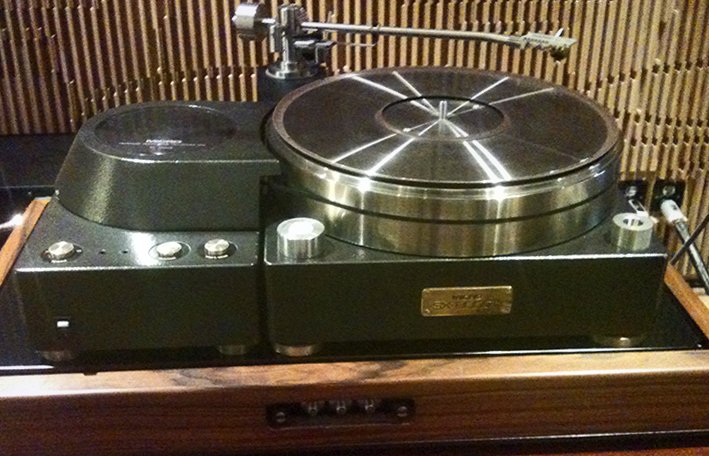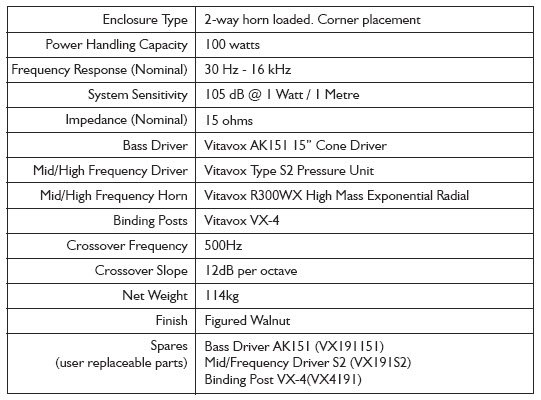I find that spherical horns tend to beam more than the sectorial or bi-radial horns used in the Vitavox, TAD or Hartsfield. One of the weakest points of my old Avantgarde Uno's IMO.
Makes perfect sense. Spherical were designed more for gain originally than really understanding of getting good power response. Ironically square-ish horns can have a very round wavefront that is very even (and expanding more), and spherical can have a very directional flatter beam. It seems counter-intuitive but if designed right you can control what you're getting.









